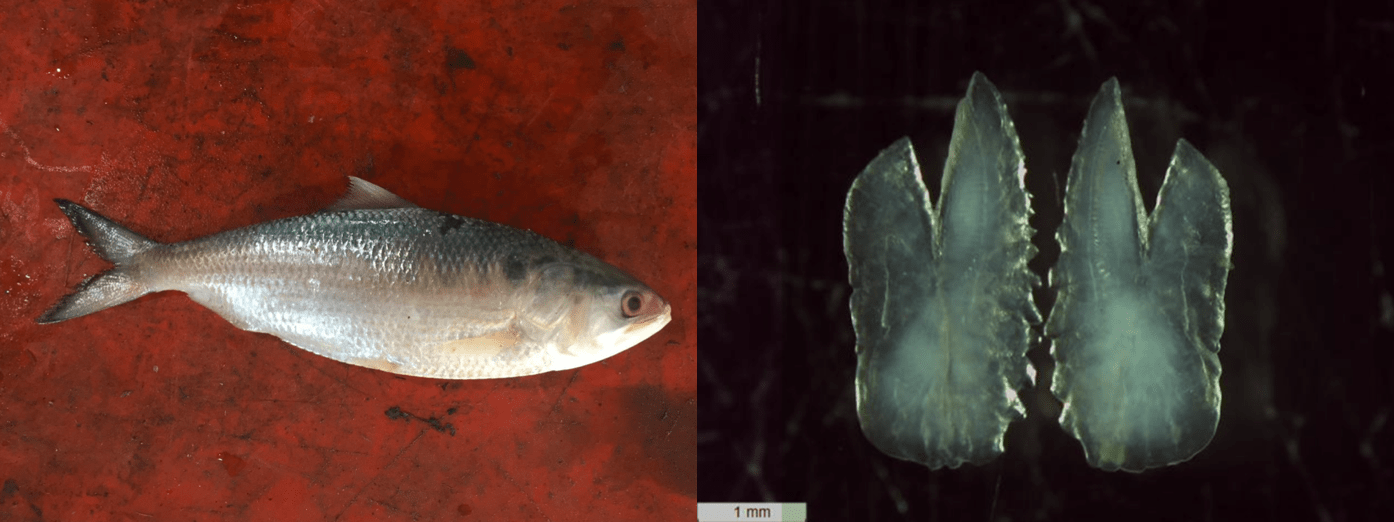

Sustaining fisheries in Laos, Myanmar and Vietnam
May 19, 2022

The Crawford Fund supports and encourages the next generation of Australians in their study, careers and volunteering in international agricultural research. One way we do this is through our highly sought after Student Awards, funded by our State and Territory Committees and made possible by organisations including ACIAR, international centres, Australian and overseas universities and NGOs.
Our 2022 awards close on 23 May 2022. Apply now!
In 2021, we announced 11 tertiary students had won awards to gain international agricultural research experience and expertise. While COVID-19 has caused delays in undertaking some awardees’ work, other students have managed ‘wraparound’ strategies to ensure the work is carried out without the planned travel.
We would like to share the successful ‘wraparound’ experience of Lauren Stoot from Charles Sturt University who received her Student Award last year for her research on the role that deltas flows play in sustaining basin-scale fisheries.
The project was initially established by Dr Lee Baumgartner and Dr John Conallin from Charles Sturt University, along with various researchers in Laos and Myanmar as well as collaborators at ANU in Canberra. Lauren’s Student Award supported her involvement in the project’s final data analysis and collation of the results which will be presented at a virtual partner workshop which includes transboundary stakeholders.
The main objective of Laura’s work is to improve the basic knowledge of movement patterns for important subsistence migratory fish species in the Mekong and Irrawaddy deltas. This will assist in water allocation planning and hydropower, multipurpose and irrigation infrastructure development decision making.
“We want to link fish ecology to livelihood outcomes for people,” said Lauren.
The basins of both the Mekong and Irrawaddy Rivers are complex social-ecological systems providing resources to support large, reliant local populations over three countries – Laos, Myanmar and Vietnam. Migratory fish species are a major resource provided by both rivers and an essential component of food security in delta and upstream areas.
Fisheries are threatened by plans to fragment the rivers with the construction of dams and alter their flows to prioritise energy generation. This fragmentation cuts off critical migration pathways and flow alterations disrupt habitats required for different life stages of key fish species.
Laura’s report to the Fund explained that if hard data on fish migration can be obtained now, there is a substantial opportunity to either alter their planning on such dams, and move them away from migratory routes, or at a minimum to ensure they incorporate adequate fish migration facilities. Once the dams are built, it will be too late.
The project had three parts. Firstly, a capacity building workshop was held on delta fisheries in both basins, to gather the current state of knowledge and innovative technologies to use to map migratory pathways. From this, researchers worked together with authorities and communities in the delta regions of both basins to collect information on the most important subsistence, commercial and endangered fish species.
Secondly, using the information gathered, the key species to sample were identified and using innovative technology, known as otolith microchemistry, the key migratory patterns of these fish were mapped. Otoliths, a fish’s inner ear bone, are calcium carbonate structures that amass layers of calcium carbonate as the fish ages in “rings” similar to those of a tree. In addition, otoliths also incorporate chemical elements from the water in which they live, as a sort of “chemical passport” of the areas in which they’ve been. By collecting water samples from throughout the catchment, chemical differences can be identified in both water samples and otoliths and propose habitats that fish are using and movement patterns.
Finally, through another partner workshop this information will then be discussed in relation to informing planning, policy and management, and preliminary guidelines designed.
Preliminary results suggest that most species in the Mekong and Irrawaddy River move between marine, estuarine and freshwater habitats during their lifetime. Some individuals completed multiple trips between marine and freshwater habitats, for activities potentially linked to foraging or spawning. These results, highlight the need for unobstructed passage of large rivers such as the Mekong and Irrawaddy.
Two manuscripts regarding the findings of this project are currently being drafted.
“I’d like to thank the Charles Sturt project team, Dr Lee Baumgartner and Dr John Conallin for providing me with this opportunity. Furthermore, I’d like to thank An Vi Vu for his assistance with sample preparation,” said Lauren.
The project also involved collaboration with the National University of Laos, Research Institute for Aquaculture No 2 Vietnam, Fauna and Flora International, the Department of Fisheries Myanmar and the Institute for Water Education.




